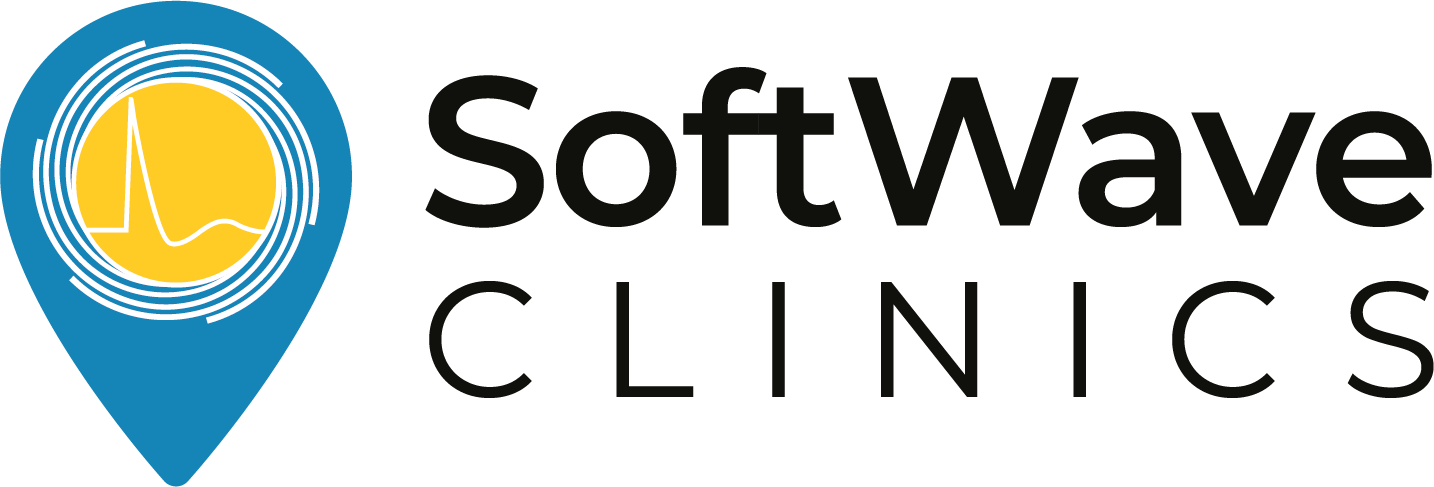Shock wave treatment for in vitro engineering applications
Introduction: Recently, the cellular effects of shock wave treatment have been
thoroughly studied using in vitro approaches. We already described intracellular pathways involved in the shock wave treatment effect using the in vitro shock wave treatment (IVSWT) water bath set-up and various cell types. We suppose that the beneficial cellular effects of shock waves such as increased proliferation or enhanced growth factor expression – could also be exploited in the emerging field of tissue engineering. The adaptation of in vitro shock wave treatment parameters for the application on 3D cell culture systems and cell/scaffold constructs would therefore provide a promising tool for tissue engineering purposes.
Methods: Several three dimensional cell culture systems such as spheroids of cells, various cell-loaded hydrogels and scaffolds, were subjected to in vitro shock wave treatment.
Results: Diverse protocols were developed and tested to establish optimal treatment set-ups and parameters, e.g. stiffness of the used scaffolds, medium density as well as optimal number of shock wave treatments were evaluated in order to find the optimal conditions for diverse 3D systems.
Discussion: The potential of shock wave treatment to trigger mechanosensitive pathways can be used to improve proliferation or differentiation in 3D systems in vitro in order to support scaffold maturation and ultimately enhance cell-scaffold performance. Thus, the experience on the application of shock waves on 3D cell culture systems and scaffolds will help to establish shock wave treatment as a potent tool in the field of tissue engineering and regenerative medicine.
Device and producing company: Dermagold 100 with OP155 applicator, MTS
Setup: IVSWT waterbath, cells and scaffolds treated in a 15 mLpolypropylene tube
This work was supported by the FFG COIN Disease Tissue Project (FFG #845443)
Anna M. Weihs1,2, Christiane Fuchs1,2, Dorota Szwarc1,2, Dominik Hanetseder1,2 Xavier Monforte Vila1,2, Andreas H. Teuschl1,2 and Dominik Rünzler1,2
1University of Applied Sciences Technikum Wien, Dept. of Biochemical Engineering, Vienna, Austria 2Austrian Cluster for Tissue Regeneration, Vienna, Austria
Weihs et al. 4th ISMST Basic Research Meeting in Vienna, Austria
